Key takeaways
- Price is what you charge customers, while cost includes all expenses required to get inventory ready for sale, including shipping, packaging, and duties.
- The four major inventory costing methods are weighted average cost, manual/standard cost, FIFO, and LIFO, each producing different COGS and ending inventory values.
- The weighted average costing method recalculates the cost after every purchase and requires a perpetual inventory system.
- FIFO uses the oldest costs first and is widely used globally; LIFO uses the newest costs first, reduces taxable income, but is banned under IFRS and allowed only in the U.S.
- Different costing methods can significantly change your profit, taxes, and pricing decisions.
- Inventory software like inFlow simplifies costing calculations and integrates with accounting tools like QuickBooks Online and Xero.
The method you use to value your inventory and how you look at costing can significantly impact your small business. This is why inventory costing methods are so crucial to small businesses.
In this article, we’ll look at some of the most popular inventory costing methods (also called inventory valuation methods) and how they impact your business.
Inventory costing methods for pricing your products
Before diving into inventory costing methods, it’s important to distinguish between price and cost. Although this might seem obvious, it is possible to miscalculate total costs and lose money on a sale in the frenzy of running your business.
Price refers to the dollar amount charged to your customer. Cost is the amount your business pays for your inventory.
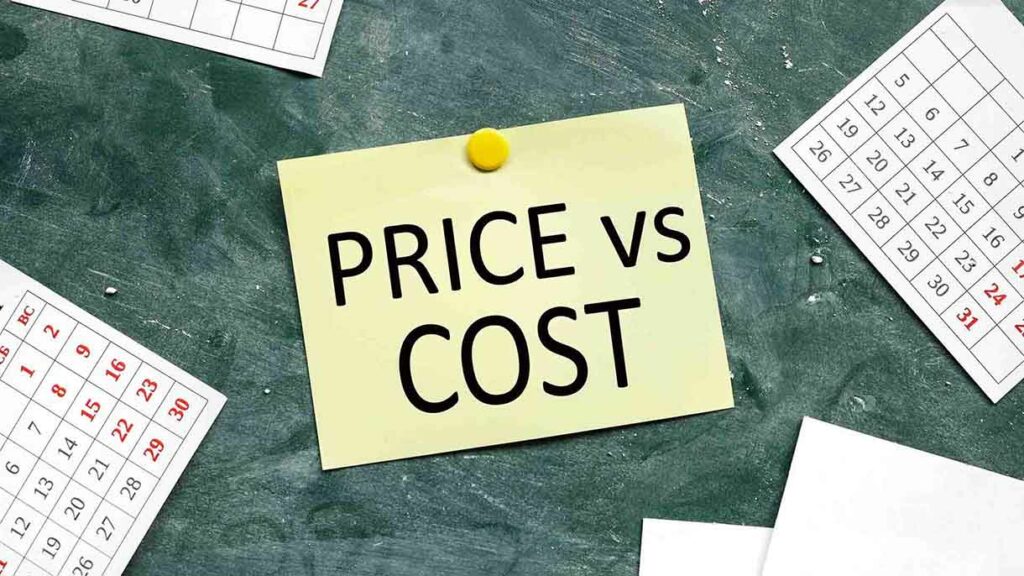
However, inventory valuation is not necessarily just what you pay for the goods. As a general rule of thumb, inventory should include all costs that are “ordinary and necessary” to put the goods “in place” and “in condition” for resale.
This means when considering your pricing, you’ll also want to account for your entire landed cost, including all the “little” things that add up, such as:
- Shipping charges
- Packaging
- Customs and duty fees
Some merchants call these costs “non-vendor costs,” which means they do not include them in the wholesale purchase price. In most inventory control software, you can add these non-vendor costs to any purchase order as a dollar amount or as a percentage.
What are the most popular inventory costing methods?
Which inventory costing method is right for you will vary from business to business. Generally speaking, you would choose between one of the following four inventory valuation methods.
Weighted average cost
One of the most common inventory costing methods is weighted average cost. With this inventory valuation method, your inventory cost is re-calculated every time you make an inventory purchase. To accomplish this, you take the total cost of the items purchased divided by the number of items in stock. With this inventory valuation method, your inventory cost is essentially re-calculated every time you make an inventory purchase.
You would then use this number as your cost of ending inventory and the cost of goods sold for your accounting purposes.
One thing to keep in mind, however, is that you can only use moving average cost with a perpetual inventory tracking system that keeps up-to-date records of inventory balances. You can accomplish this easily by using inventory software like inFlow. Alternatively, you could use spreadsheets to get by if you don’t have software. However, we should warn you things will quickly become unmanageable as you scale.
Manual or standard cost
You can also keep track of your inventory costs by manually assigning the cost to your items. However, this is the most tedious way and not necessarily the most accurate, especially if your vendor prices change on a regular basis. Of all the inventory costing methods mentioned in this article, this one is easily the lowest effort but also the most unreliable.
FIFO costing
FIFO costing stands for First-In, First-Out. This inventory costing method means you record the oldest inventory items as sold first. Therefore, your oldest purchasing costs will be used to calculate your profit.
Inventory management software like inFlow will allow you to set your inventory valuation method to FIFO to calculate inventory costing.
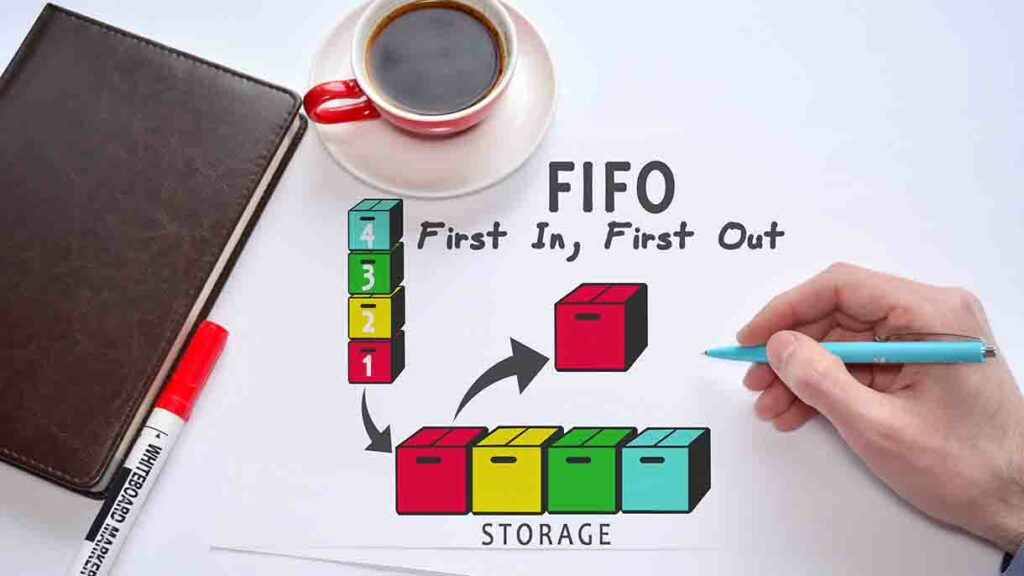
LIFO costing
As you may have guessed, LIFO costing stands for Last-In, First-Out. This inventory valuation method means you use the cost of your most recent inventory purchases to calculate your profit.
Many US firms would use LIFO since it typically over-values their inventory and reduces the income tax they have to pay. However, the International Financial Reporting Standards (IFRS) have banned the use of LIFO, so many companies have turned back to FIFO. It’s also interesting to note that LIFO is only ever used in the US.
Examples of Inventory costing methods
To illustrate these inventory costing methods better, let’s look at an example.
Let’s say you made two separate purchases of 100 basketballs at $10 each and 200 basketballs at $20 each. Let’s also say at the end of your accounting period, you sold 50 basketballs. Now let’s use the various inventory valuation methods to calculate our cost of goods sold (COGS) and ending inventory value.
Example: weighted average cost
You’ll first need to calculate your average unit cost to determine your COGS and ending inventory using the weighted average cost valuation method.
In total, you have 300 (100+200) basketballs. You also paid $5,000 for all of them ($100 x 10 plus $200 x $20).
So your weighted average cost would be the $5000 cost divided by the 300 basketballs. This is equal to $16.67 per basketball.
Now let’s look at what your COGS would look like for this example as well as the ending inventory value after selling 50 basketballs.
COGS: (50 basketballs x $16.67 average cost) = $833.50
Remaining inventory: (250 basketballs left x 16.67 average cost) = $4,167.50
Example: FIFO
If we were to use FIFO for our inventory costing method, we would use the cost from our first transaction when we purchased 100 basketballs at $10 each. Below you can see what your COGS would be as well as the ending inventory value.
COGS: (50 basketballs x $10 FIFO cost) = $500
Remaining inventory: (50 basketballs x $10) + (200 basketballs x $20) = $4,500.
Remember, when you use the FIFO inventory valuation method, you need to separately calculate all the inventory transactions with different costs rather than using an average.
Example: LIFO
With LIFO cost, we’ll use the cost from the latest transaction when we purchased 200 basketballs at $20.
With this inventory valuation method, you end up with a COGS and ending inventory value that looks like the following after selling 50 basketball.
COGS: (50 basketballs x $20 LIFO cost) = $1,000
Remaining inventory: (100 basketballs x $10) + (150 basketballs x $20) = $4,000.
Since we’re selling the last basketballs that we received first we would subtract our 50 basketballs from the $20 per basketball transaction (our last transaction).
Comparing the inventory costing methods
To quickly recap, let’s compare the numbers from the above examples.
Weighted average costing:
- COGS = $833.50
- Remaining inventory = $4167.50
FIFO costing:
- COGS = $500
- Remaining inventory = $4,500
LIFO costing:
- COGS = $1,000
- Remaining inventory = $4,000
You can see above how using the LIFO method produces the highest costs of goods sold, which means you’ll have less profit to pay tax on. Remember, you typically can’t use the LIFO method in alot of countries. The CRA or IRS, if they audit you, may make you re-do all the accounting using FIFO or one of the other inventory valuation methods. In addition to the extra work you’ll also be responsible for paying a steep penalty for using LIFO.
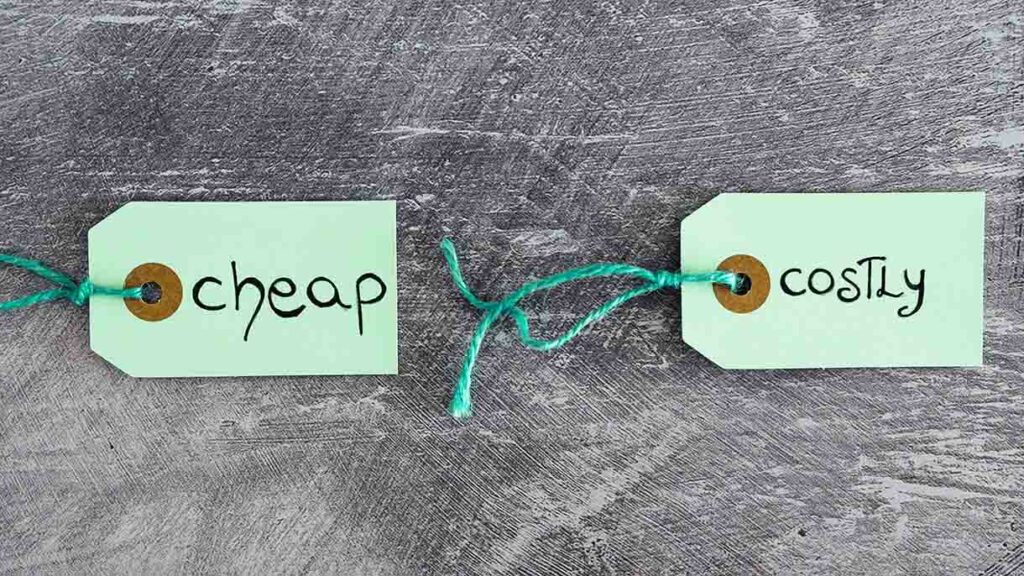
How to price your products appropriately
Once you’ve decided between the inventory valuation methods, you can use the information you’ve gathered to choose a pricing strategy accordingly. There are a few methods that businesses use to do this:
Price multiplier method
The most common is simply to “double” your cost. Many businesses use a multiplier formula that multiplies costs by 2 or 3.
Competitive market rates
It’s also very common to price your products based on what your competitors charge. You should always examine the market prices and your competition but don’t follow this method exclusively when you do the costing. (For example, if your competitors charge a lower price than your cost, you’ll lose money.)
To be competitive, you may want to offer a lower price than your competition, but don’t go too low, or consumers might wonder why your price is so low.
Too many numbers with inventory costing methods?
When you’re dealing with so many numbers, it can get really confusing quickly. That’s why many small businesses rely on an inventory system such as inFlow to do all their costing calculations for you. You can run reports at the end of your reporting period to give to your accountant. Better yet, you could use inFlow’s integration with QuickBooks Online or Xero to make things even more accessible.
Interested? Try inFlow today for free and see for yourself whether or not it’s a great fit for your small business!


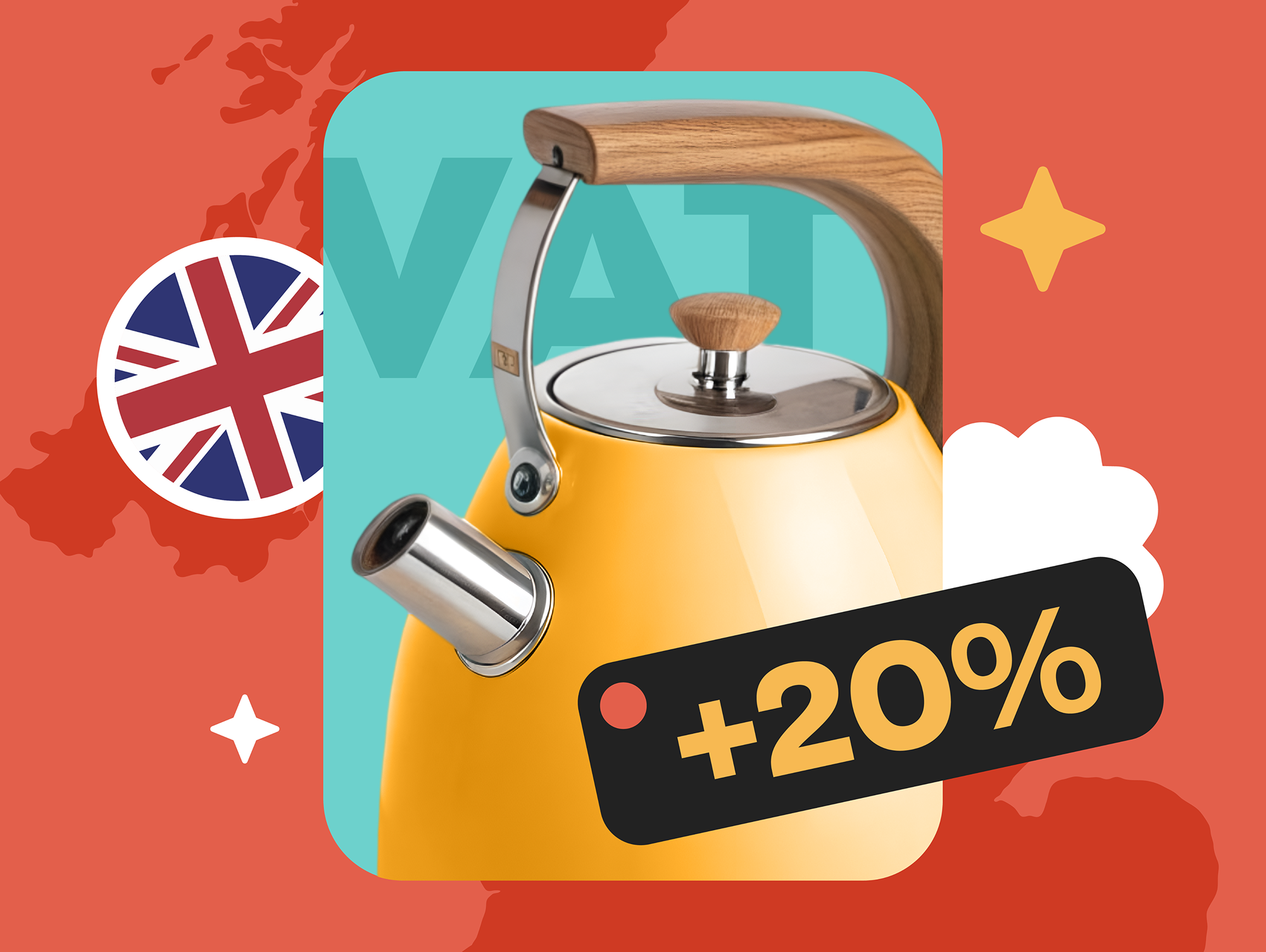
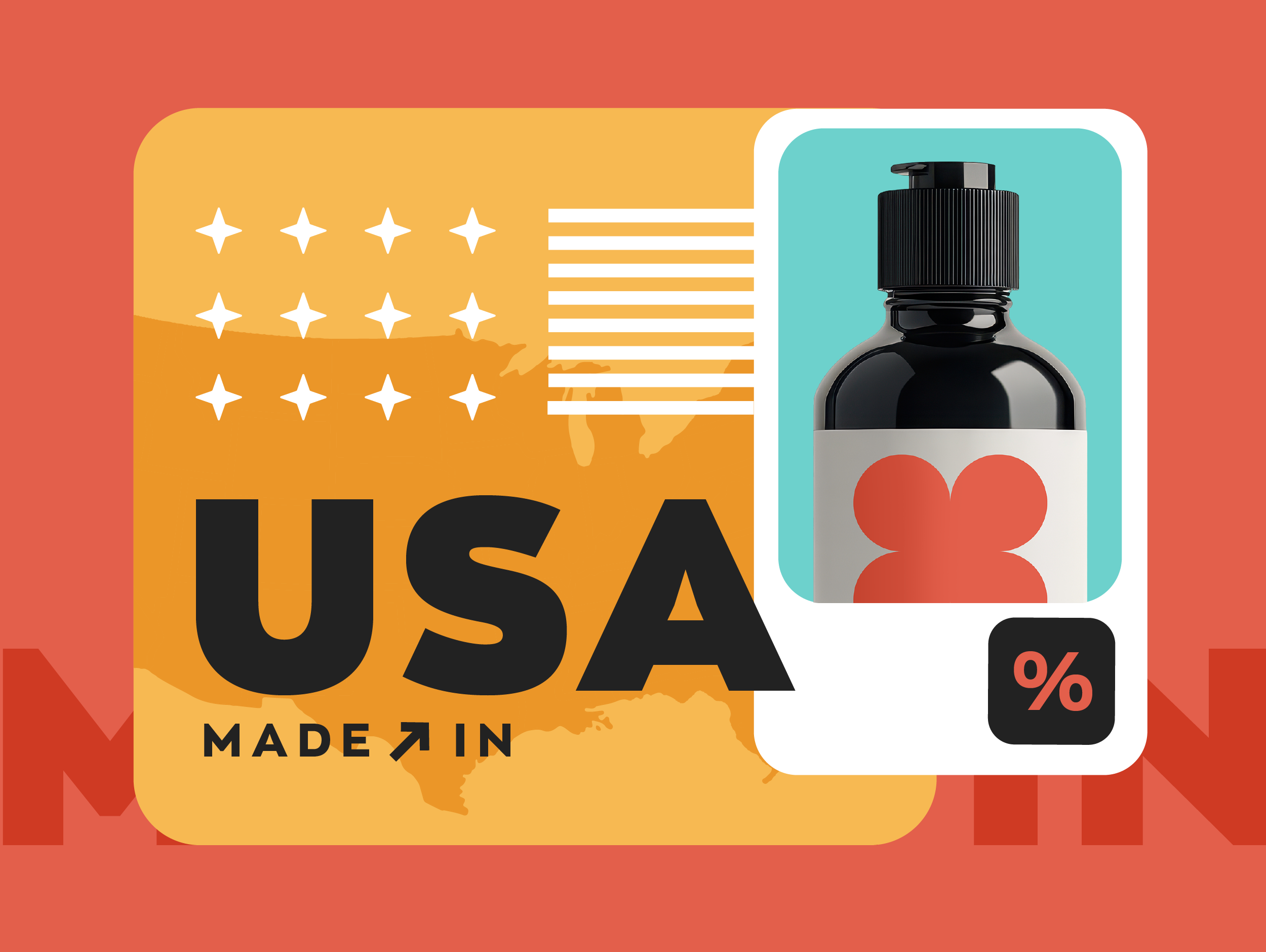

How do you deal with freight-in costs? If I have a PO with multiple PO lines, how do I attribute cost to each item? For example, I buy 100 blue widgets that weigh 1 lbs each. On another line, I buy 5 widgets that weigh 20 lbs each. Total freight in weight is 200 lbs and it cost me $200 for freight in. Do I divide the cost by quantity, weight, or something else? Or do I just forgot trying to figure out freight in and attribute the expense to some other category?
Hi Sun, inFlow handles freight by dividing the freight on the order between all stocked items on that purchase order: https://www.inflowstaging.com/support/article/21885/inflow-calculate-cost-item-cost-goods-sold/
So if you wanted to get more specific about the freight costs and attributing them to specific items, the best way to do this would be to split them up into multiple POs (PO-001-A, PO-001-B, etc.) or build the freight costs into the unit prices on the purchase order already.
Hello i want to add some importing material cost for my stock?
Hi jagadeesh, if you’re using inFlow On-Premise, you can use this support page to establish costs via import: https://www.inflowstaging.com/support/article/44652340/how-do-i-import-product-details-into-inflow/.
But if you’re using FIFO or LIFO, you’ll need to import costs as purchase orders: https://www.inflowstaging.com/support/article/98077358/i-switched-to-fifolifo-costing-but-now-all-my-costs-are-incorrect-what-do-i-do/
Hope that helps! If you have any other questions, our support team would be happy to help! You can reach them at https://www.inflowstaging.com/software-contact-info
so, according to me in LIFO method, the amount of remaining stock should be (100* $10) (150* $20)= $ 4000.
Please clarify my doubt.
Hi Sakshi, thanks for pointing that out! It looks like there was a mistake in the original draft of this article where 50 basketballs were removed from both the first *and* second batch.
Your calculation in your comment is correct, and I’ve amended our article to make sure it’s right, too. Thanks for pointing that out, and sorry for the trouble!
Does Inflow Inventory support stock valuation by site separatly?
if yes then how?
Hi Javaid, sorry for the late reply.
Yes, inFlow does have an Inventory Details Report that shows the amount of stock at each location, and also the value of that stock. It’s actually filtered by location by default.
Hi TJ McCue,
Good Article.
My Question is regarding Inventory Valuation.
When we use BarCode for Inventory Management than which Method Apply.
Please guide me.
Thanks
Hi Rakesh,
the use of barcodes actually wouldn’t affect your valuation method at all. Using barcodes would just help to speed up inventory management in general and also increase inventory accuracy (because scanning is less error-prone than typing).
Try to put their advantage and disadvantages of each methods of inventory valuation.
Is it acceptable just to determine COGS off of finished goods inventory instead of all raw materials, WIP, and finished goods? Using the weighted average method I would take my cost of materials in my finished goods divide by # of finished goods to get my average price per item. Multiply that number by the amount of finished goods that were sold to get my COGS.
Hey Lisa,
Thanks for stopping by! That calculation makes sense to me. We actually wrote a whole article on calculating your cost of goods sold in case you wanted more detail on COGS. You can check it out here. Hope this helps!
Cheers,
Jared